Optimal Timing for Residential Concrete Service
Choosing the optimal time for residential concrete service depends largely on climate conditions and project requirements. Proper timing ensures optimal curing, durability, and appearance of concrete structures. Typically, moderate temperatures and low humidity levels are ideal for concrete work, minimizing the risk of cracking and other issues.
These seasons offer warm temperatures and moderate humidity, making them suitable for concrete projects. Scheduling during these times can lead to quicker curing and less weather-related delays.
While still feasible, late summer can pose challenges with higher temperatures, which may require additional curing measures to prevent cracking.

Ideal weather conditions facilitate strong, durable concrete structures.

Requires measures to combat high temperatures and ensure proper curing.
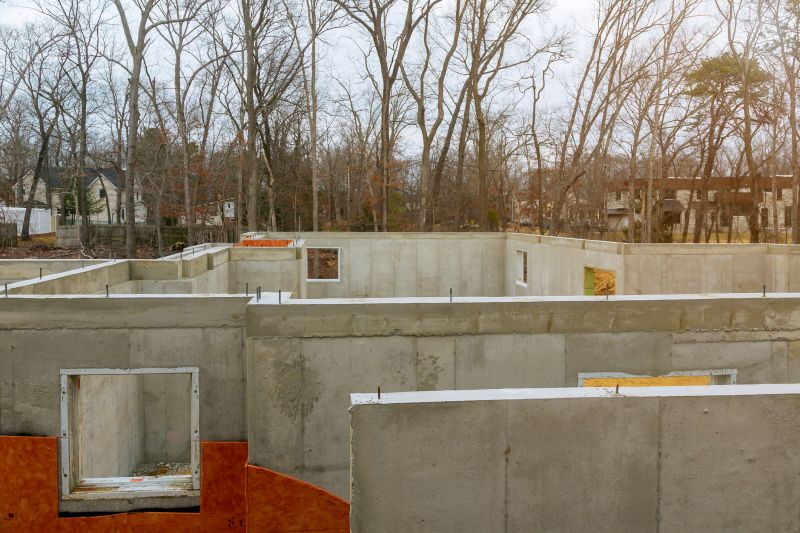
Optimal for many residential applications due to favorable weather.

Ways to make Residential Concrete Service work in tight or awkward layouts.

Popular materials for Residential Concrete Service and why they hold up over time.
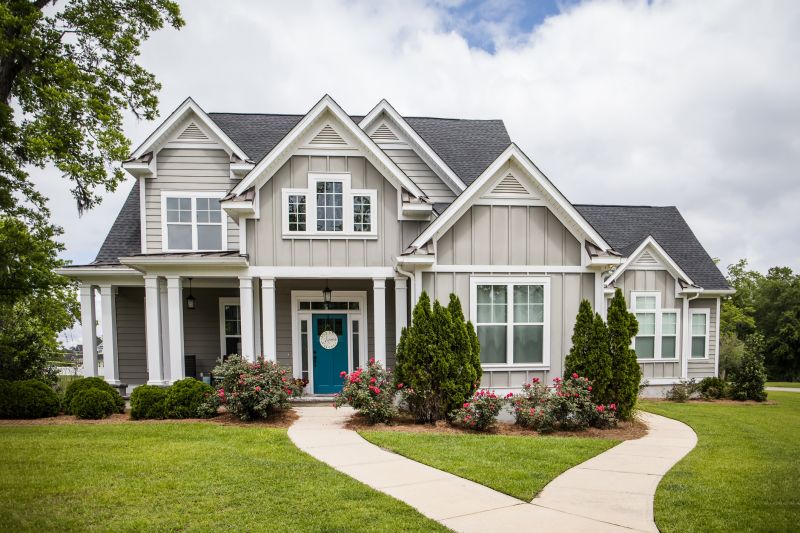
Simple add-ons that improve Residential Concrete Service without blowing the budget.
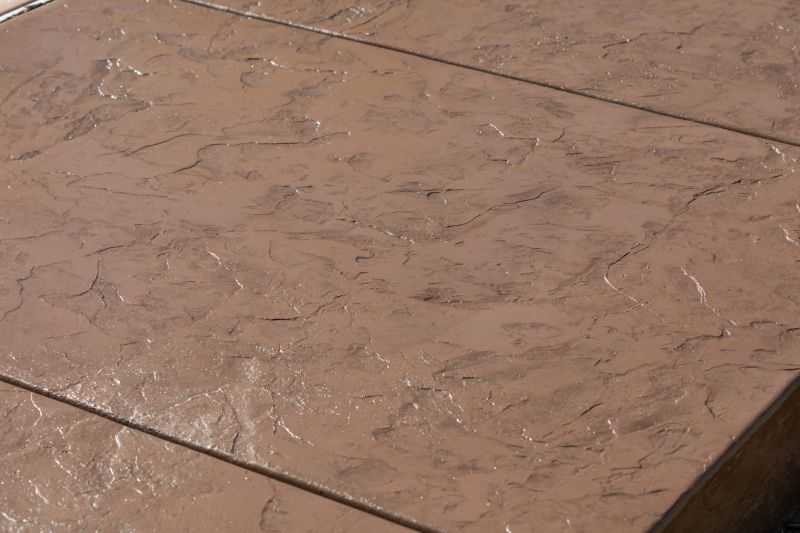
High-end options that actually feel worth it for Residential Concrete Service.
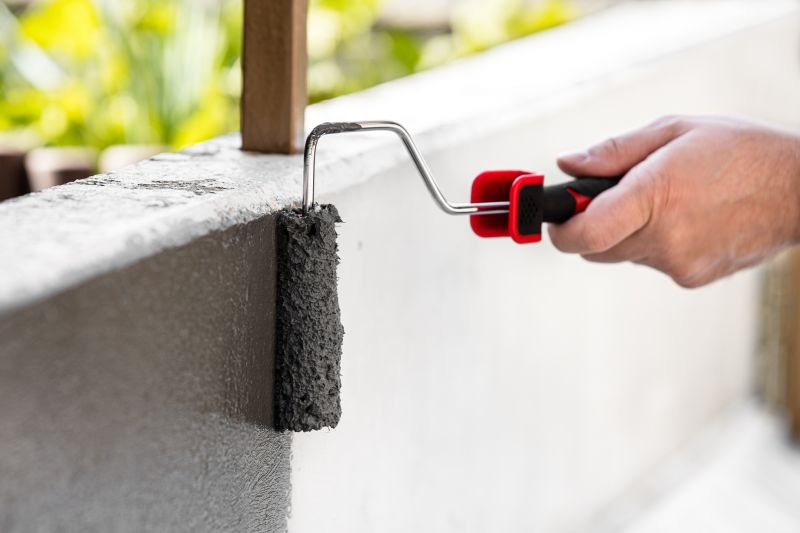
Finishes and colors that play nicely with Residential Concrete Service.
Residential concrete services encompass a variety of applications including driveways, patios, walkways, and foundations. Proper timing ensures that the concrete cures correctly, leading to longer-lasting and visually appealing results. Weather conditions play a critical role in the success of concrete projects, influencing setting times and final strength.
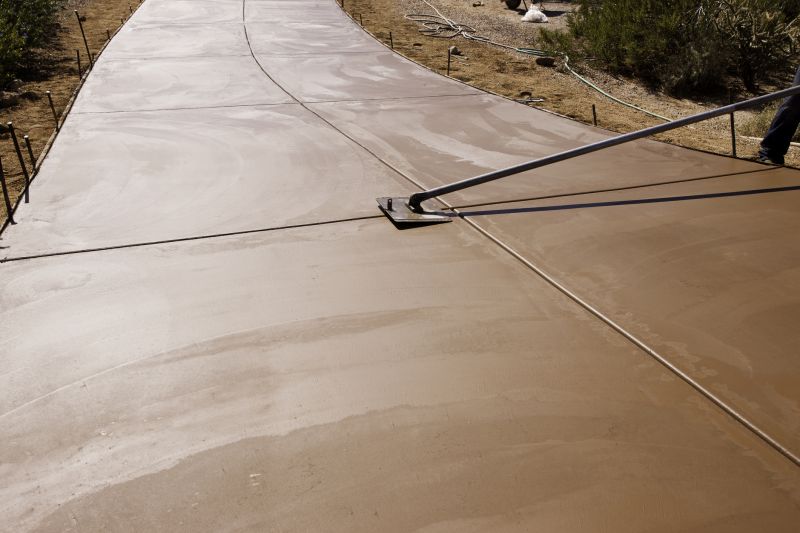
Showcasing durability and aesthetic appeal.
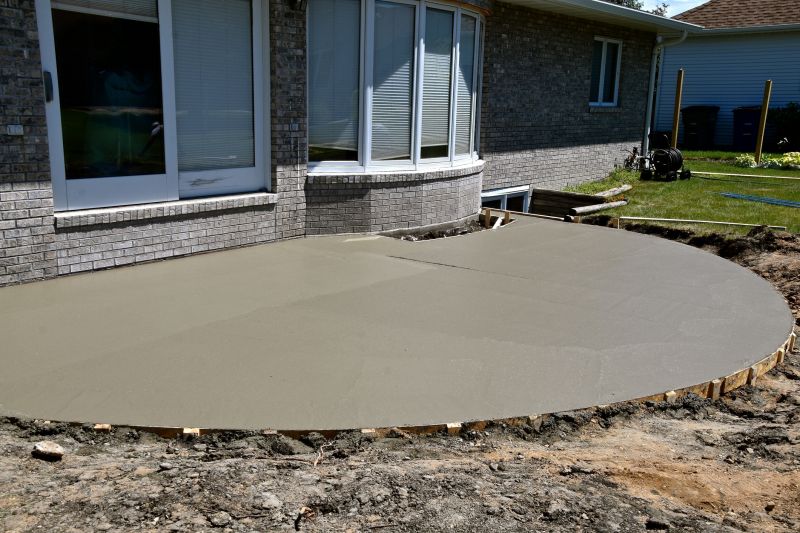
Completed during optimal weather for longevity.
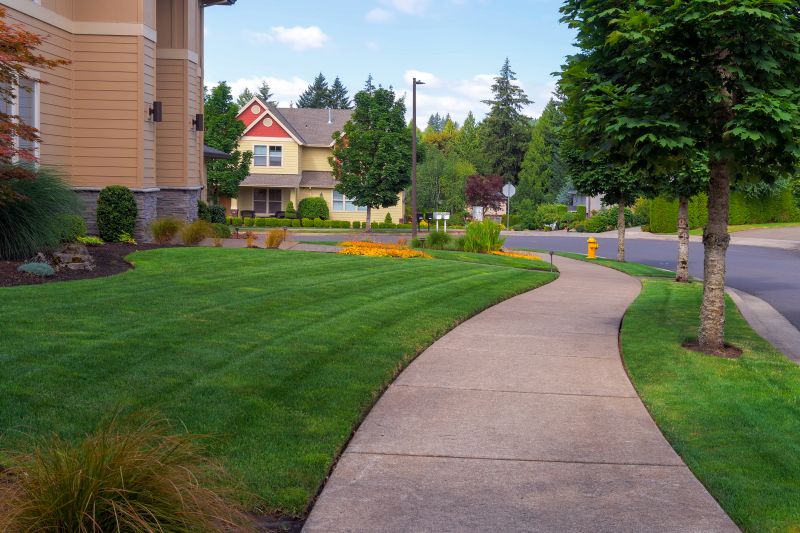
Ensures safe and durable walkways.

Critical for structural stability.
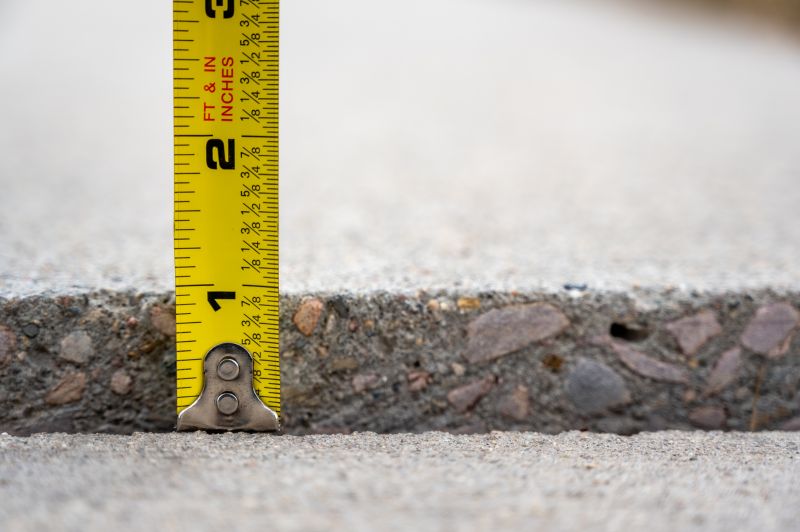
Little measurements that prevent headaches on Residential Concrete Service day.

A 60-second routine that keeps Residential Concrete Service looking new.
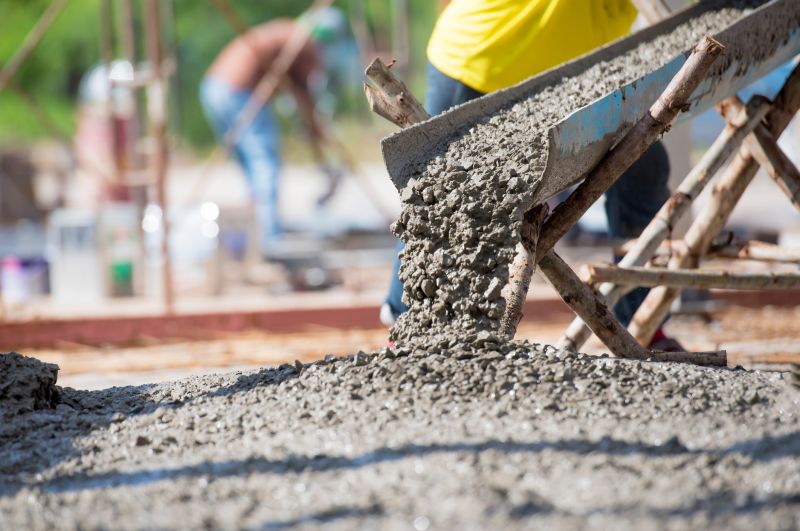
A frequent mistake in Residential Concrete Service and how to dodge it.

Small tweaks to make Residential Concrete Service safer and easier to use.
| Season | Best Conditions |
|---|---|
| Spring | Moderate temperatures, low humidity |
| Summer | Warm, dry conditions; requires precautions |
| Fall | Cool, dry weather ideal |
| Winter | Cold temperatures; requires special measures |
| Late Summer | High temperatures; need for additional curing |
Timing residential concrete projects appropriately can significantly impact their durability and appearance. Planning around favorable weather conditions minimizes risks such as cracking, scaling, and improper curing. Consulting with concrete specialists can help determine the best window for specific project needs.
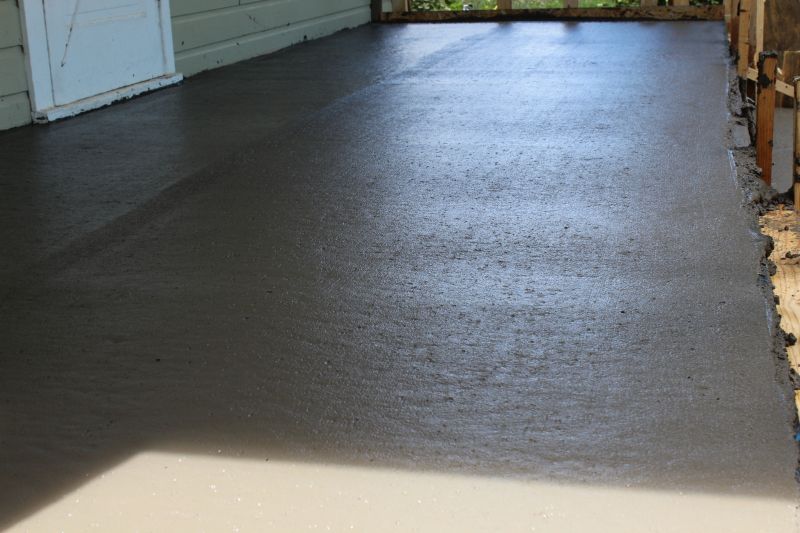
Optimal weather for durable residential structures.
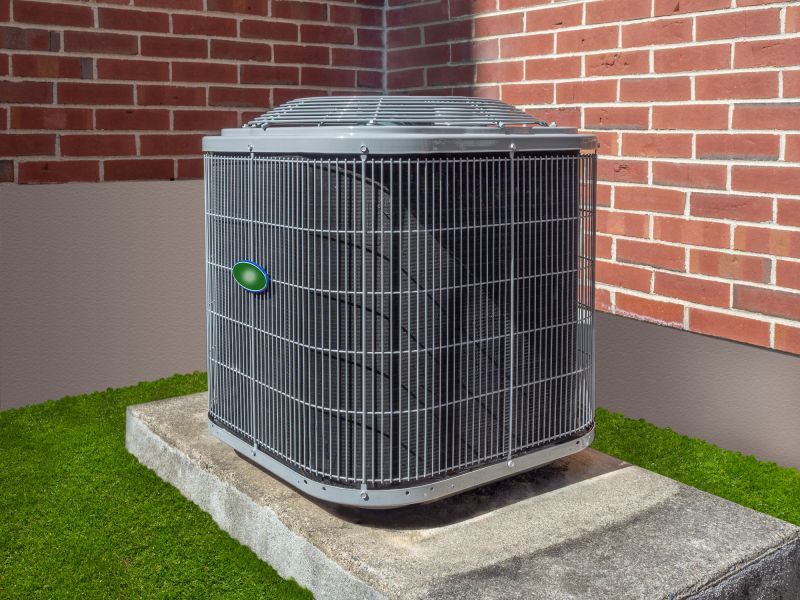
Requires measures to manage heat and humidity.
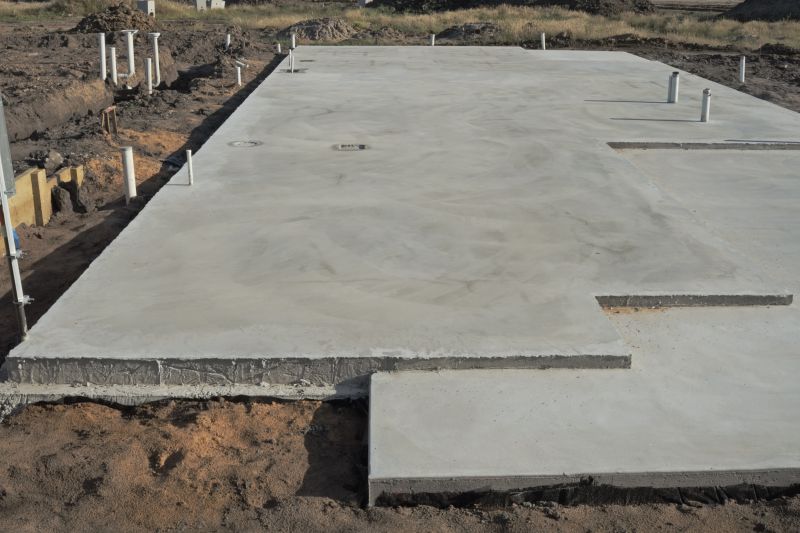
Ideal for many residential applications.

The short, realistic tool list for quality Residential Concrete Service.
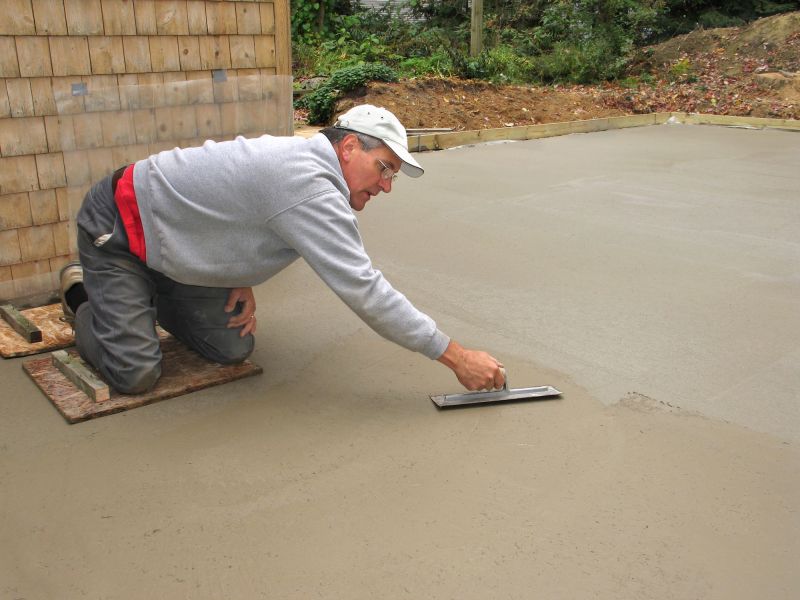
Rough timing from prep to clean-up for Residential Concrete Service.
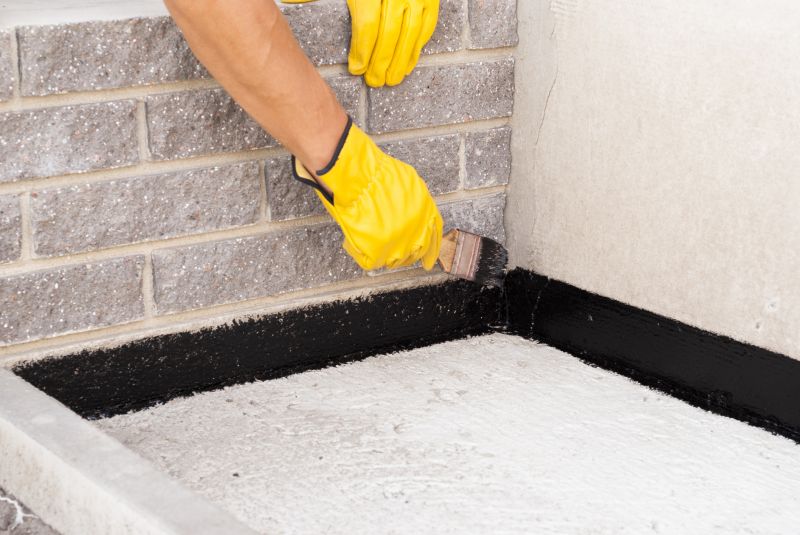
Quick checks and paperwork to keep after Residential Concrete Service.
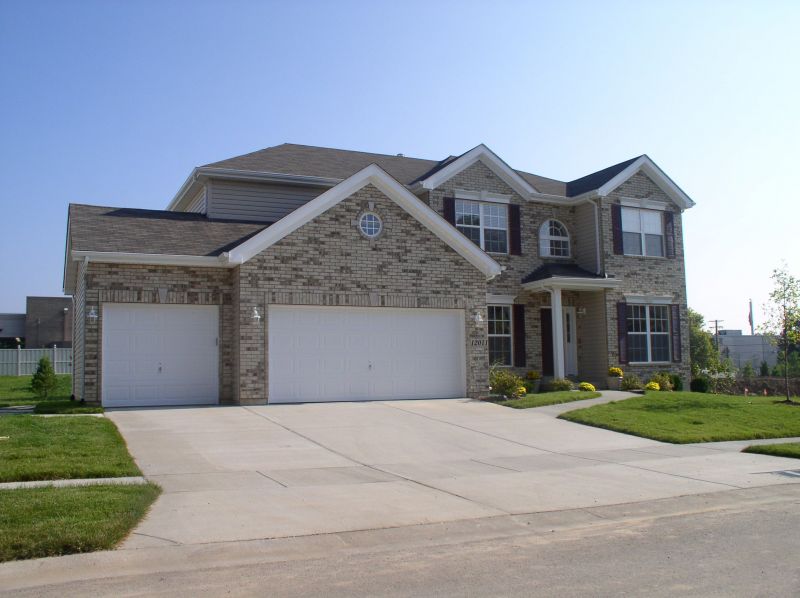
Examples that show the impact a good Residential Concrete Service can make.

Ways to make Residential Concrete Service work in tight or awkward layouts.
Interested in scheduling a residential concrete service? Filling out the contact form provides an opportunity to discuss project timing and requirements with professionals experienced in managing weather-related considerations for optimal results.



